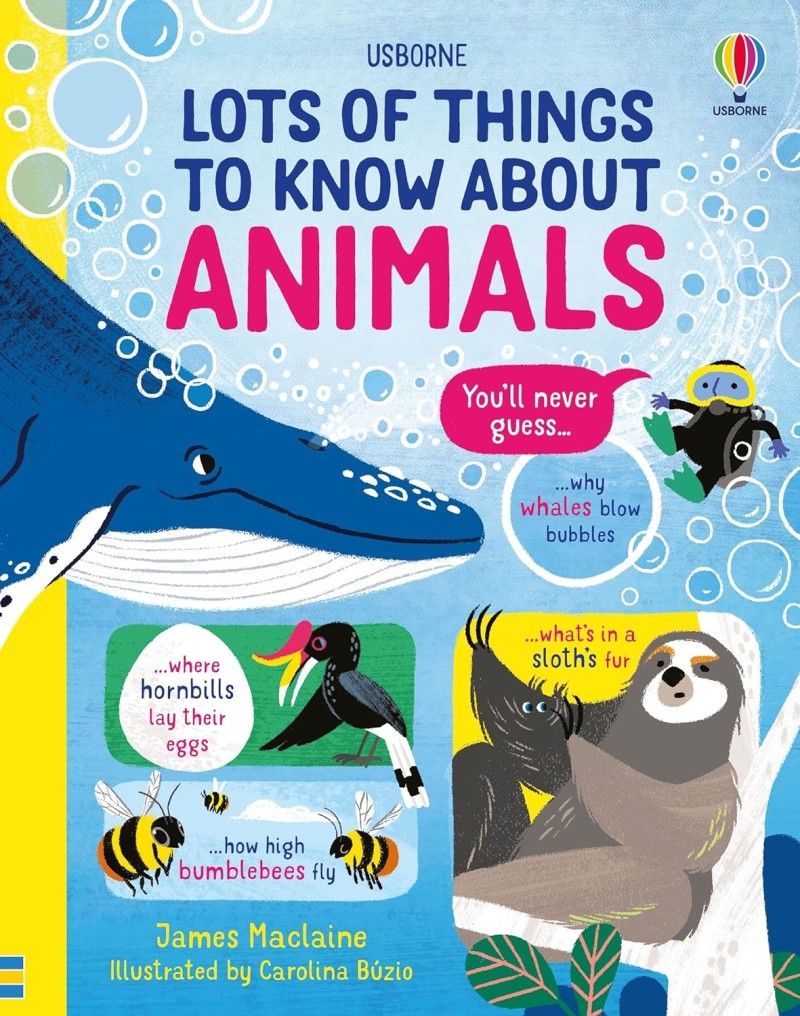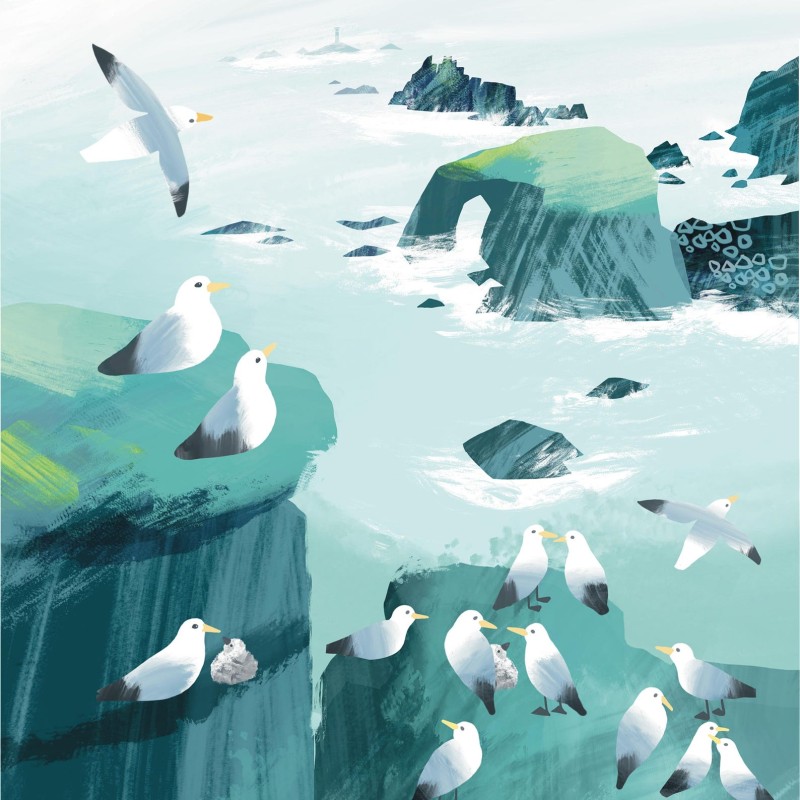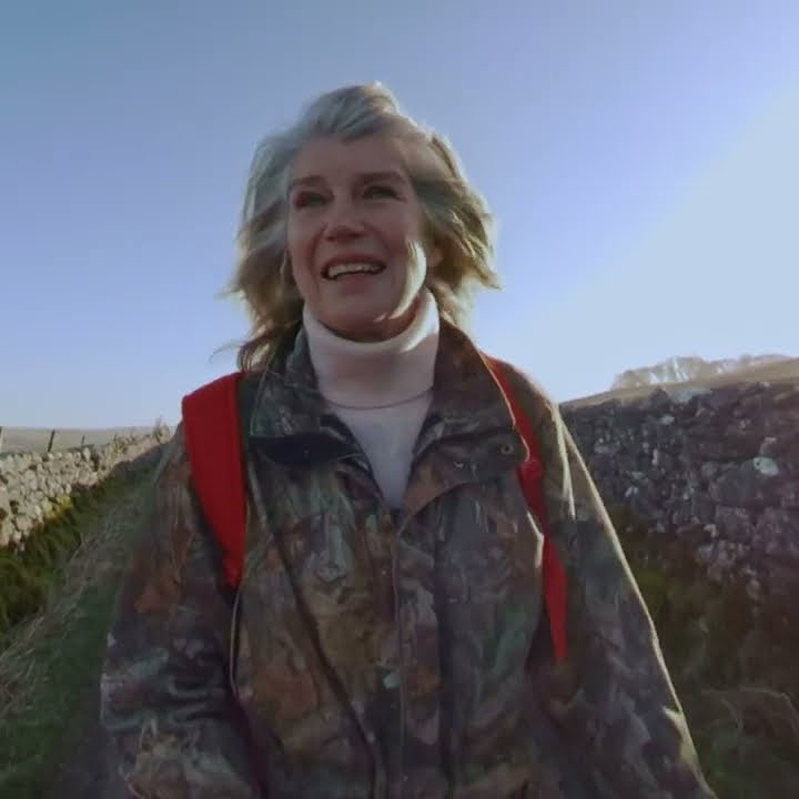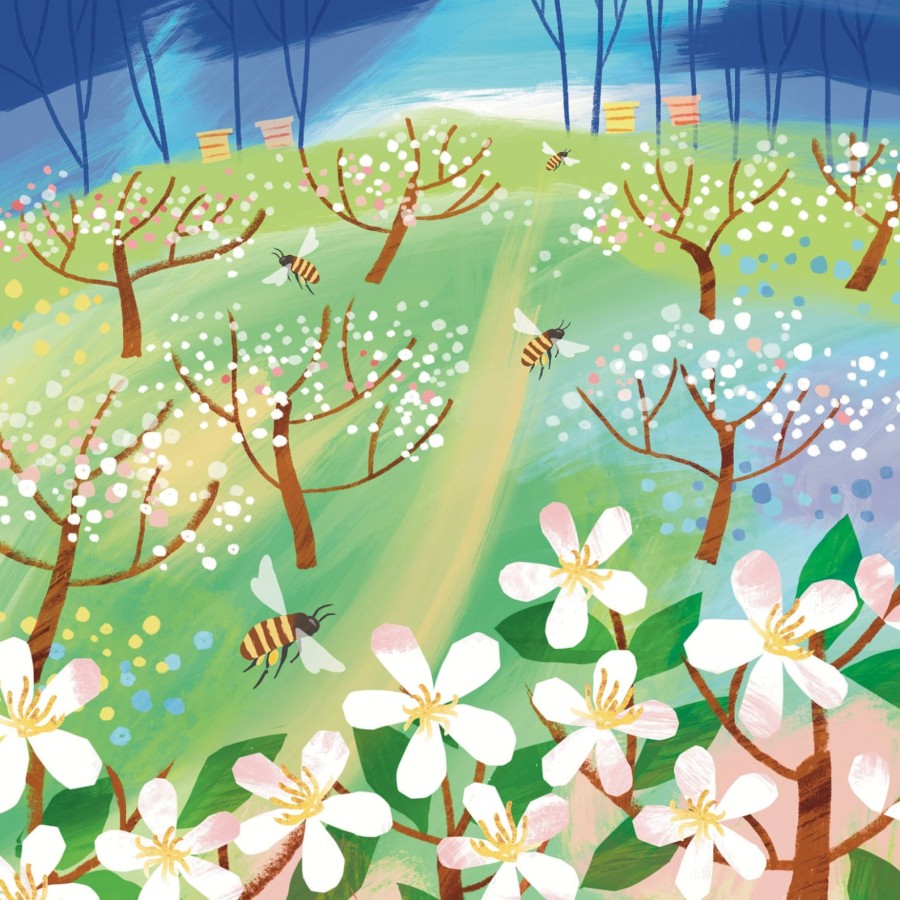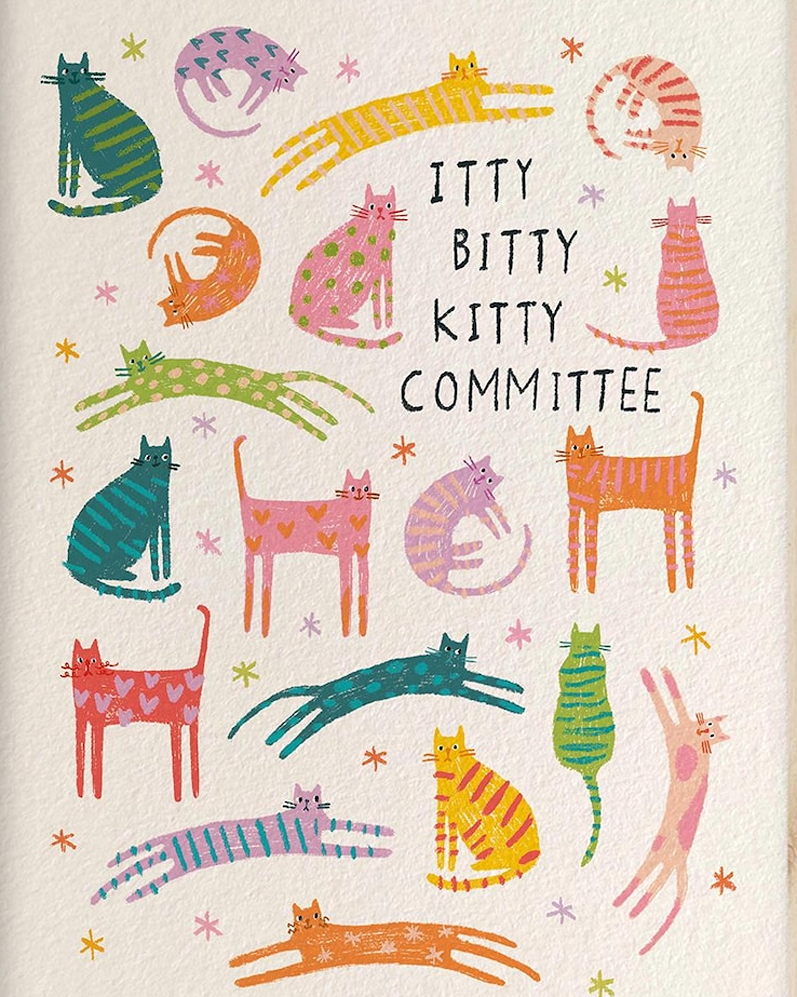Summer in England: The Warmest Months

England bursts into life when summer rolls around. The air feels lighter, flowers bloom, and the country shows off its warmer side. From buzzing city parks to peaceful beaches, June, July, and August shine as the warmest months across towns and countryside. Here’s how England embraces every bright, sunny day.
June, July, August: The Hottest Months
Temperatures often rise above 20°C from June right through to August. Some days may even push close to 30°C in the southeast. These months headline England’s short but sweet summer, marking the best time for outdoor plans.
The country rarely feels stifling, which makes the heat welcome after a long, grey winter. Rain could appear here and there, but warm spells tend to prevail.
Long Days and Light Evenings
England’s daylight stretches well into late evening during the height of summer. In the north, sunset comes as late as 10pm. City streets fill with people after work who soak up every spare ray of sunlight.
Early dawns encourage runners, cyclists, and dog walkers to start their days earlier. Locals and visitors often plan meals and outings around these extended light hours.
Summer Flowers and Blooming Gardens
The smell of roses, lavender, and honeysuckle drifts through towns and villages. Country gardens and city parks fill with peonies, poppies, and wildflowers. National Trust sites, like Sissinghurst and Kew Gardens, draw crowds who want to see their borders in full colour.
Even roadside verges and small patches of green burst with summer life. Flowers attract bees and butterflies, which hum from morning till night.
If planting green spaces, read about pet-friendly gardens and wildlife-friendly gardens. And trees to avoid near horses (including yew, oak and sycamore).
Seaside Escapes

Coastal towns shine in summer sun. Places like Cornwall, Devon, and Norfolk welcome families, surfers, and walkers. The sand warms up, perfect for barefoot walks and castle-building. Beach huts and rolling waves feel just right on a clear day.
Even pebble beaches along the south coast fill up with deck chairs. English seas stay cool, but brave swimmers don’t mind.
Read our post on keeping dogs safe by the seaside.
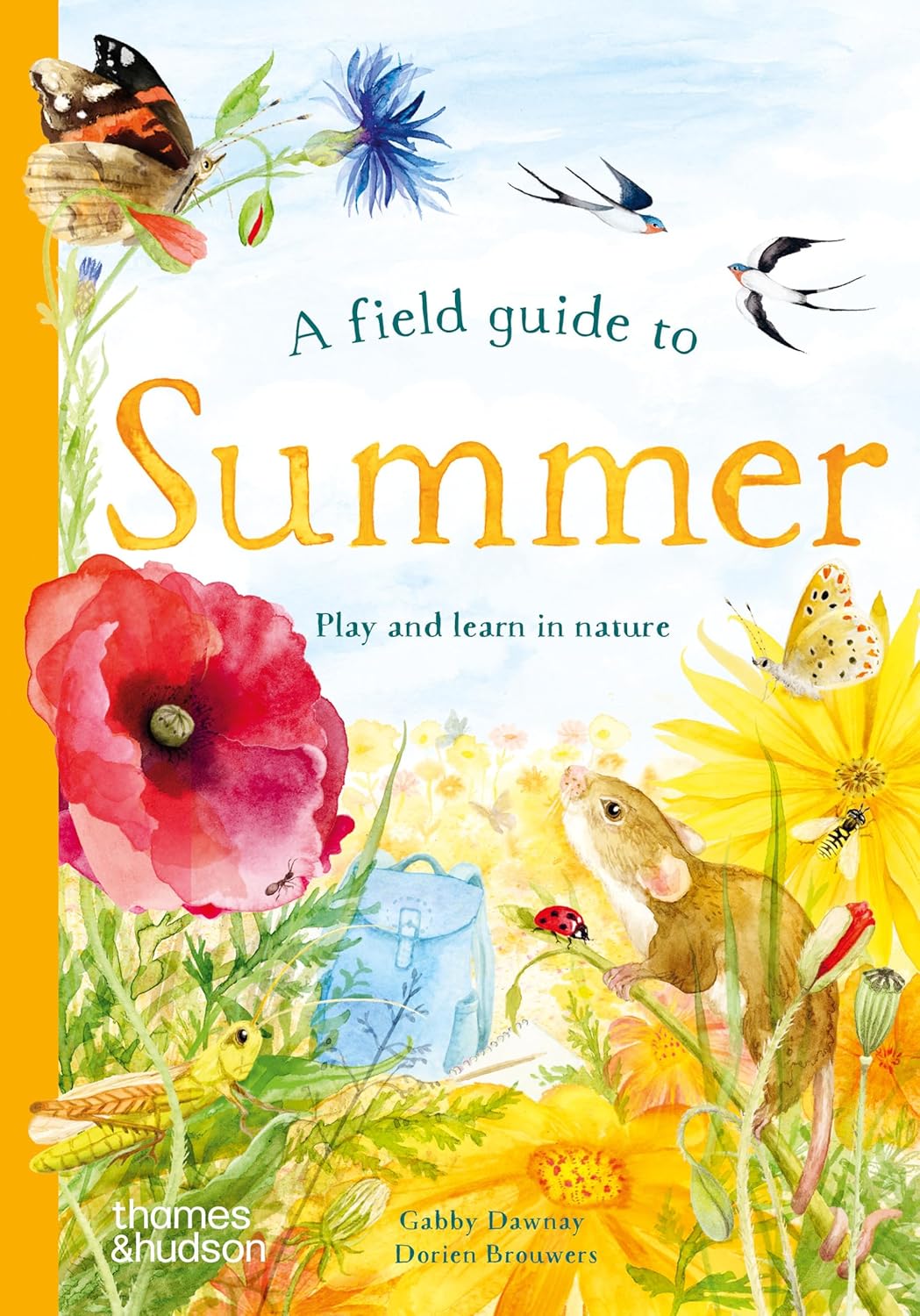
A Field Guide to Summer asks children to:
- Look out for bugs (leave them alone)
- Build a sun dial
- Identify different trees
- Make a flower crown
- Learn how caterpillars become butterflies
- Learn why bees are busy in summer!

